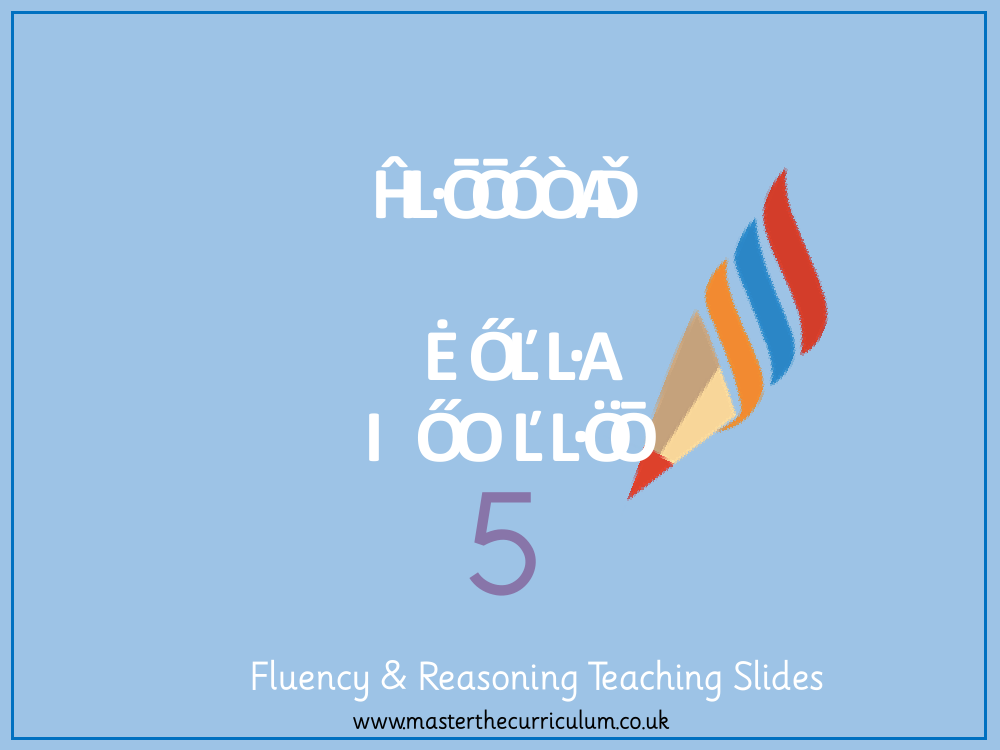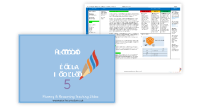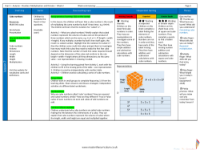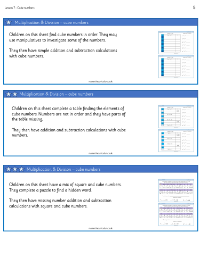Multiplication and Division (1) - Cube numbers - Presentation

Maths Resource Description
In a mathematics lesson focused on cube numbers, students are encouraged to apply their knowledge of times tables to understand and work with cubed numbers. The lesson starts by asking students to list three properties of a cube and to try drawing one on their whiteboards. They then move on to discuss what cubed numbers are, defined as the product of multiplying a number by itself three times. For example, 4 cubed (4³) is equal to 4 x 4 x 4, which is 64. The notation for cubed numbers is represented by a superscript 3. The lesson aims to explore why these numbers are referred to as 'cube' numbers and how they relate to the physical construction of cubes using blocks.
Students engage in hands-on activities, such as using multilink cubes to build different sized cubes and investigating the number of blocks required for the first, second, third, and even the tenth cube number. They also complete a table of cubed numbers, such as 2³ (8), 3³ (27), and so on, reinforcing the concept through visual and numerical representation. The lesson includes discussions on how squared and cubed numbers are similar and different, and a true or false statement to consider whether cubes of even numbers are always even, and cubes of odd numbers are always odd. Additionally, the lesson features reasoning exercises to correct misconceptions, such as clarifying that 4³ is not equal to 12 but 64, and applying their understanding to solve problems involving cube numbers.



